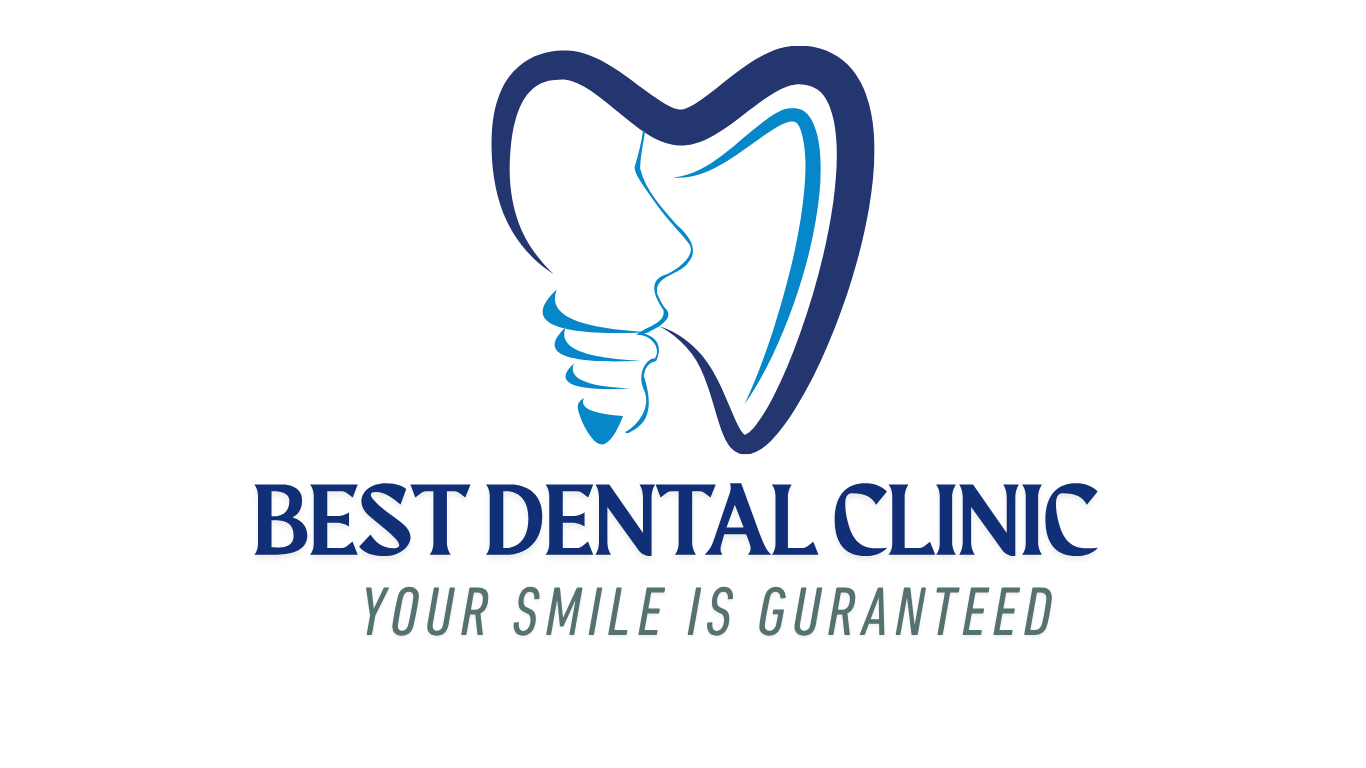Major Surgeries
Types of Major surgeries we provide:
Orthognathic surgery is a procedure to correct the position of the jaws when they’re not aligned properly. It’s usually done when the bite is significantly off or the jaw position affects chewing, speaking, breathing, or facial balance. If braces alone can’t fix the issue, this surgery often becomes necessary. You might be a candidate if you experience difficulty biting or chewing, jaw pain or tension (often TMJ-related), a noticeably uneven jaw or chin, issues like an overbite, underbite, open bite, or crossbite, breathing problems such as sleep apnea, or speech difficulties linked to jaw positioning—whether these concerns are inherited, caused by injury, or due to developmental conditions, the ultimate goal is to restore balance, function, and comfort.
Orthognathic Surgery
(Jaw Alignment Surgery)
What is it?
Cleft Lip and Palate Surgery
Cleft lip and palate are common congenital conditions where the upper lip or roof of the mouth doesn’t fully form during early pregnancy. A cleft lip appears as a visible gap in the upper lip, while a cleft palate involves an opening in the roof of the mouth, affecting feeding, speech, and hearing. Some children may have both. Early treatment is crucial to avoid issues like feeding difficulties, delayed speech, frequent ear infections, dental problems, and social challenges.
Surgery offers effective treatment, restoring both function and appearance. Cleft lip repair is typically done between 3 to 6 months of age, while cleft palate repair usually occurs between 9 to 18 months—before major speech development. Each child’s care is customized by a cleft team that may include surgeons, orthodontists, speech therapists, and pediatricians.
Carcinoma Management in Head and Neck
Head and neck cancers affect areas like the mouth, tongue, throat, larynx, sinuses, or salivary glands. Most are squamous cell carcinomas, commonly linked to tobacco, alcohol, or HPV infection. Early detection and a personalized treatment plan significantly improve outcomes.
Warning signs include a non-healing sore in the mouth or tongue, persistent hoarseness, a lump in the neck, difficulty swallowing or breathing, unexplained weight loss, and unexplained mouth pain or bleeding. If any of these symptoms last more than a few weeks, prompt evaluation is essential.
Diagnosis begins with a thorough exam, biopsy of suspicious lesions, imaging (CT, MRI, or PET), endoscopy, and sometimes blood tests or HPV screening. Once diagnosed and staged, a treatment plan is tailored to balance effective care with quality of life.
Treatment options include surgery to remove the tumor while preserving vital functions, radiation therapy (alone or with surgery/chemotherapy), chemotherapy, and newer targeted or immunotherapies for specific cases. Post-treatment care involves rehabilitation, speech therapy, nutrition, dental support, and regular monitoring.
Hair Implantation (Hair Transplant)
Hair implantation, or hair transplant, is a permanent solution for individuals dealing with hair thinning, receding hairlines, or bald patches. It involves transferring healthy hair follicles from a donor area—typically the back or sides of the scalp—to the thinning or balding regions. This procedure is most effective for those with male or female pattern baldness, a receding hairline, or hair loss due to injury or previous surgeries. It may not be ideal for those with total baldness or insufficient donor hair.
There are two main techniques: FUE (Follicular Unit Extraction), where individual follicles are transplanted with minimal scarring, and FUT (Follicular Unit Transplantation), where a strip of hair-bearing skin is used to harvest grafts—ideal for covering larger areas.
The process begins with a consultation to assess your scalp and plan graft placement. The procedure itself takes 4–8 hours under local anesthesia, and patients can return home the same day. Mild swelling or scabbing may occur, but most people resume regular activities within a week.
Transplanted hair sheds in the first month, with new growth starting around 3–4 months. Noticeable improvement appears by 6 months, and full results are seen in 9–12 months. The result is natural-looking, permanent hair regrowth, boosting both appearance and confidence.
